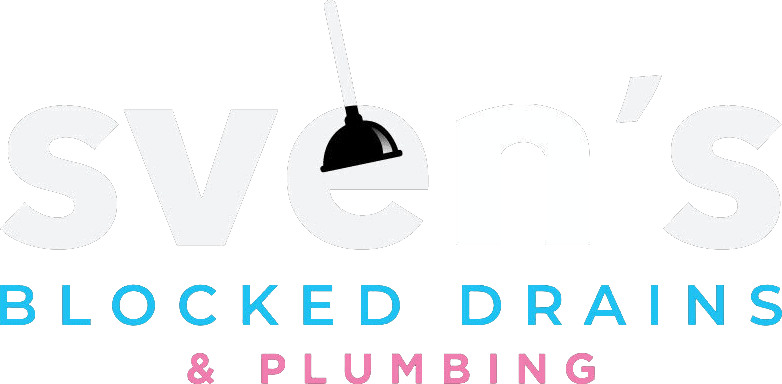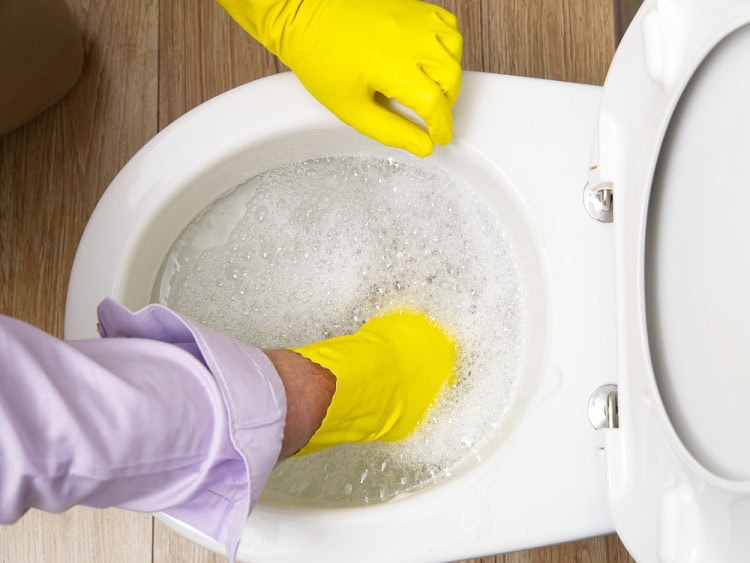Have you flushed and found out your toilet is blocked? Rising water in the bowl can send fear through anyone, even more so if you have no idea what to do next. While having the skills to unblock a toilet can save you money and stress in the long run, you’ll need a few select tools to get the job done safely!
Using the correct tools makes unblocking a toilet faster, safer, and more hygienic for everyone involved. The good news is that many of them can be found at your local hardware store for great prices.
With all of this in mind, let’s explore the five most important tools and concoctions you can have in your kit for unblocking toilets. We’ll also throw in a few prevention strategies to stop your toilets from getting blocked in the first place.
Toilet Plunger
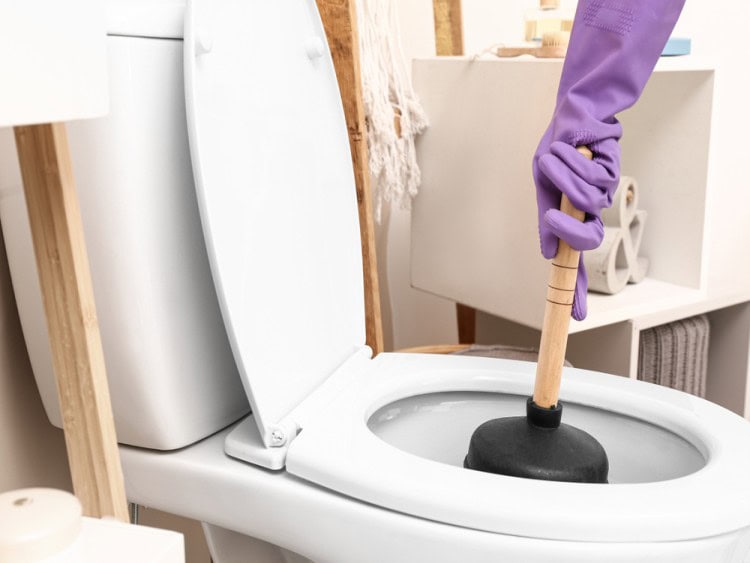
The tool you should reach for first when your toilet is blocked is the humble plunger. Whether it sits next to your toilet every day or is just brought out on special occasions, your plunger always comes in handy. Combined with a bit of elbow grease, it can either force material through the pipes or pull parts of the blockage back up to be disposed of manually.
It’s important to note that the classic plunger we all think of when we hear the name isn’t actually the type to use with a toilet. Cup plungers, with their half-sphere shape, are great for use on flat surfaces like sinks or shower bases. However, this shape cannot form a seal around the curved basin of a toilet bowl, so you’ll need a plunger that’s been designed for the job.
Here are the two types of plungers best used for toilets:
- Flange Plungers: These look like cup plungers but will have a secondary smaller cup that protrudes from underneath the main cup, which is called the flange. This secondary cup is what will form the seal around the drain of your toilet and allow you to plunge effectively.
- Accordion Plungers: These are designed especially for clearing clogged toilets. Like flange plungers they also have a small extended cup, but this travels upwards into accordion-like folds that allows you to create a very strong seal and enjoy superior pushing and pulling power when in use.
Accordion plungers will be a bit trickier to use than flange plungers, but they are the more effective option if you can master them. Flange plungers can also be used on flat surfaces if you flip the inner cup up to use it like a classic plunger, but remember not to use your plungers between toilets and kitchen sinks for hygienic reasons.
Do you have a drain that needs to be unblocked quickly? Seven’s Blocked Drains offers emergency blocked drain services in Melbourne.
Toilet Auger
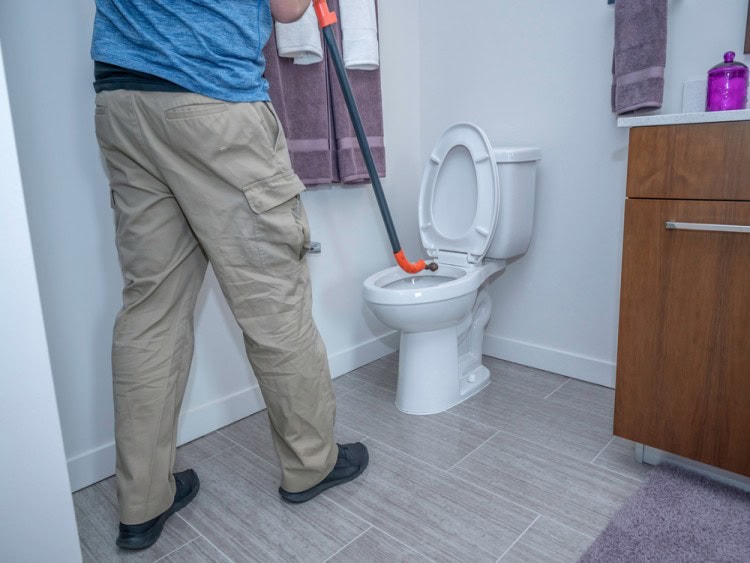
Sometimes called a toilet or drain snake, a toilet auger is a long, flexible metal road with a handle on one end and a rotating metal claw or coil at the other. Turning the handle will extend and rotate the claw.
You can find similar tools for use in kitchen or laundry drains, but toilet augers will have a protective sleeve over them that helps prevent them from scratching the ceramic surface inside your toilet bowl.
These tools are designed to manually break up clogs, to then either allow them to drain safely down your pipes or to grip them and bring them back up to the surface. You can choose to hire them, but given they can last a lifetime if cared for, it’s never a bad idea to purchase a toilet auger and keep it for your own use.
To use a toilet auger, first make sure it is fully retracted and the coiled end is sitting inside the protective sleeve.
- Insert the end of the auger into the toilet bowl and start to crank the handle to extend the clawed end through your toilet’s system. Work slowly, as turning too fast may cause the auger to bend and double back on itself rather than extending through the pipe.
- You will probably feel a bit of resistance when the end of the auger reaches the clog. Wind the crank back and forth to move the coil through the blockage and, hopefully, break it up. Then retract the coil all the way until it is back inside the sleeve and pull the auger from your toilet.
- Flush the toilet to see if the blockage now moves through your system, if it does, flush two more times to make sure the system has been completely cleared.
- Clean and dry your auger and store it away so it’s in good condition and ready to use again, should you need it.
If you need services for blocked drains in Kew, Hawthorn, and Camberwell, Sven’s Blocked Drains can assist you.
Pipe Wrench
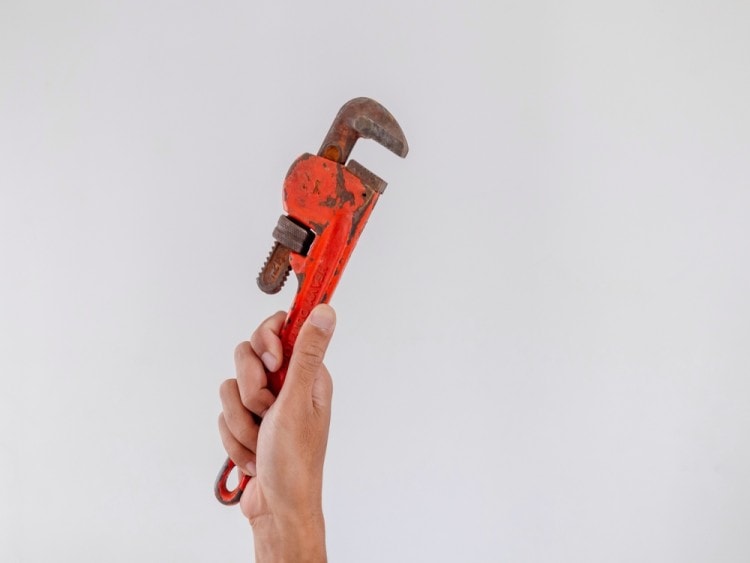
A pipe wrench is an effective tool used to loosen pipes, which you may have to do if the clog of your toilet has moved through your system and you can’t access it otherwise. This isn’t a tool you should use without experience or a bit of research. Still, they’re handy to have for use around the house and can also be used to tighten pipes as well, which can be handy for leaks under your toilet or kitchen sink.
Pipe wrenches should only be used on pipes made from softer materials like plastic–use on a metal pipe means it won’t be able to grip it, and you might end up scratching your pipes instead.
If you’re not confident using tools like these, you can reach out to a blocked drain plumber in Melbourne like Sven’s Blocked Drains for quick and friendly service.
Dishwashing Liquid and Hot Water
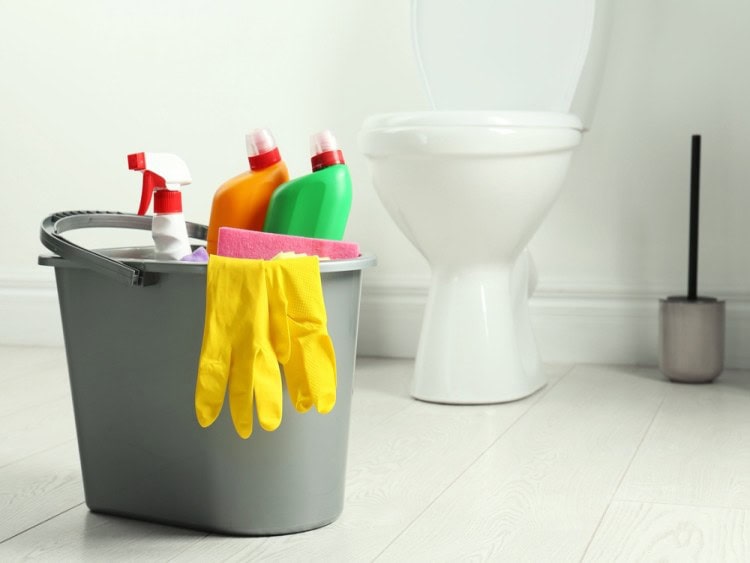
We’ve gone through some handy tools–now let’s discuss some mixtures you can create to unblock a toilet without the manual labour.
Dishwashing liquid can be used for more than just your dinnerware. It can also act as a lubricant for your toilet’s pipes, creating a slippery surface that clogs can slide down a little easier than they would otherwise.
Move aside any clogs present in the bowl using a toilet brush and squirt around half a cup of liquid over the drain to help encourage it to enter the pipes. The dish soap will sink, but give it around half an hour to really travel through your system and lubricate the pipes.
To help the process, try adding hot water to the bowl before you flush. Hot water (not boiling) can help break up blockages, especially when poured from a distance, as the force can further assist.
Try flushing! If it’s not a complete success, you can also use a plunger at this point to help push the blockage through the now slippery pipes.
Baking Soda and Vinegar
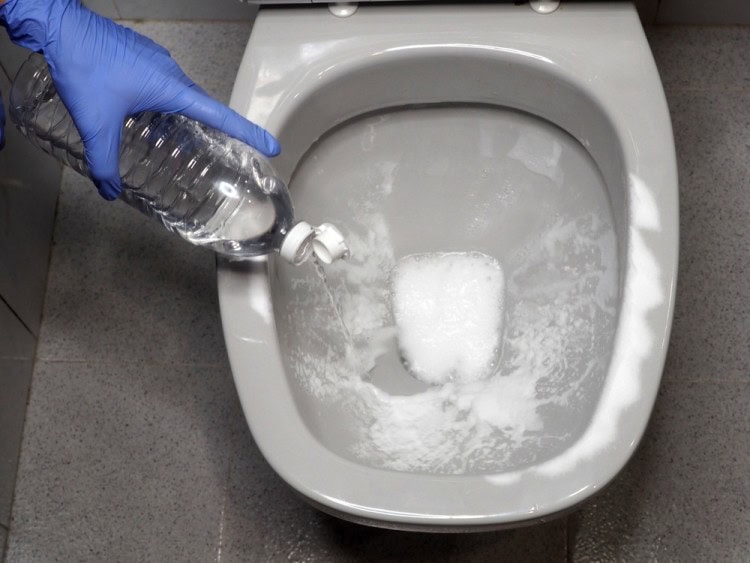
Everyone’s favourite natural cleaning solution can also be utilised in a blocked toilet. The fizzy chemical reaction can help break up a clog in your toilet, but it’s best used in combination with other accessories like hot water and a plunger.
To start with, make sure the bowl is about halfway full with water before you start. If your toilet has filled up because of the clog this will be fine, but if not you’ll need to add water manually.
Start by adding your baking soda to the water. One cup will do, but keep more on hand if you need to add it. Then slowly pour in an equal amount of vinegar, controlling the flow to make sure your toilet bowl doesn’t overflow. Give the mixture around half an hour to work before flushing to see if you were successful. If you’re not seeing bubbles throughout the half hour, add more of your ingredients to create a more substantial reaction.
Again, if your flush isn’t totally successful, try a plunger to see if the weakened blockage can be removed through suction action.
Sven’s Blocked Drains can service you if you have a blocked toilet in Richmond, Oakleigh or Northcote.
How To Prevent Blocked Toilets
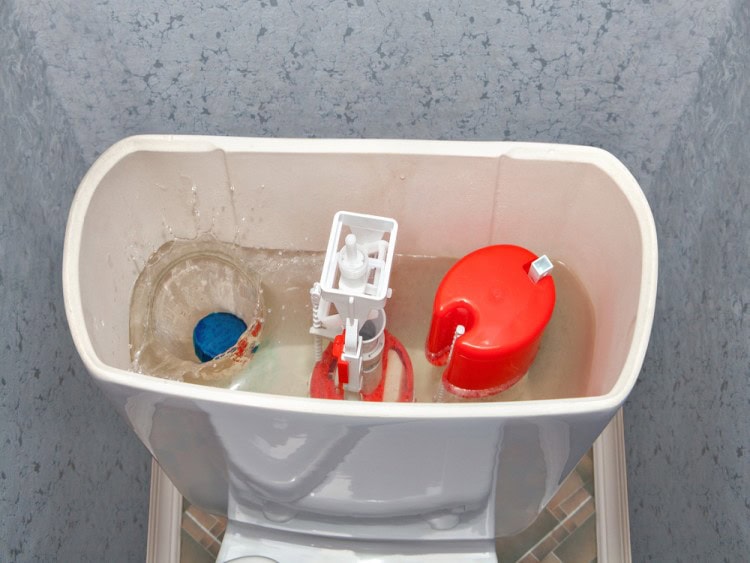
Dealing with clogs is never pleasant, no matter the method you choose. Preventing clogs is much easier than ever having to deal with them, so keep these tips in mind when using your toilet:
- Only flush toilet paper down your toilet. This may sound obvious, but things like nappies, sanitary wipes, pads and even so-called ‘flushable wipes’ can all quickly clog your toilet if you try to dispose of them this way. Keep a bin in your bathroom for these objects and your toilet will thank you for it!
- Flush often! There’s no shame in flushing your toilet more than once while in use, as trying to flush a large amount of anything at once can cause a clog, even if it’s all materials your toilet would normally be able to handle.
- Keep it clean. Cleaning both inside the bowl of your toilet and inside the cistern can prevent the build-up of minerals and algae that can damage and weaken your toilet system, plus this will keep it hygienic and clean-looking.
When To Call The Professionals?
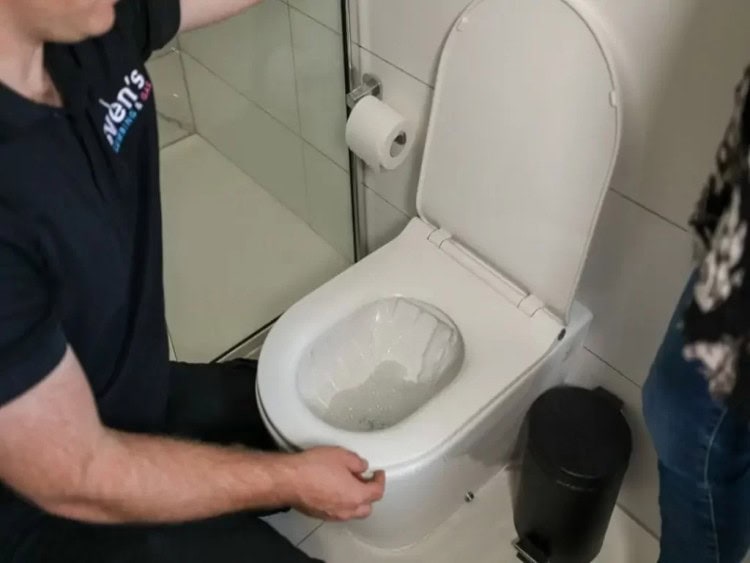
If you’ve tried a bunch of different methods and your toilet is still blocked, you’ll need to reach out to the professionals. And if you’ve got a blocked toilet in Melbourne, there’s only one choice! Sven’s Blocked Drains specialises in clearing clogged drains in all areas of the home, and can provide a fast and effective service to return your toilet’s system to normal.
Call us on 1300 DRAIN or book online for our services. We are based in Hawthorn but serve all of Melbourne, and are keen to showcase our expert drain-clearing solutions for every client we work with.
We look forward to helping you with any blocked drains you have in your home!
